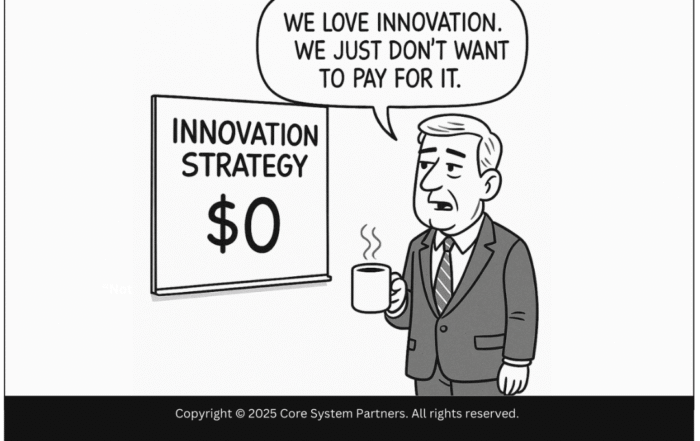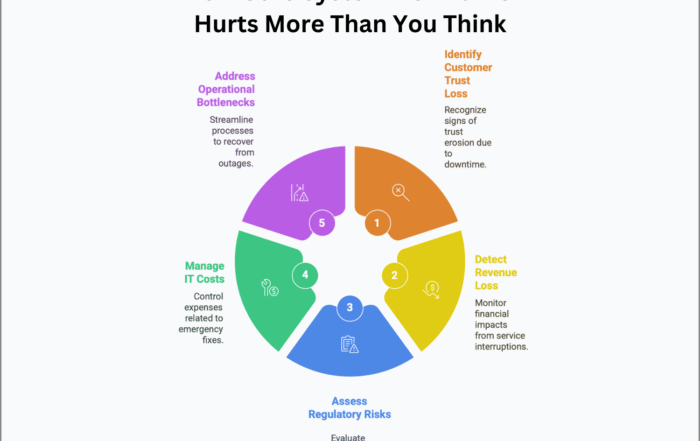
Strategically Navigating Risks and Challenges in Core Banking Transformation
Embarking on a core banking transformation is a complex undertaking that requires careful planning and execution to ensure project success. However, even with the best preparation, risks and challenges inevitably arise during implementation. How can banks effectively manage these risks to ensure continuous progress? Here are some best practices:
1. Understand Dependencies Equate to Risks
The first step is adopting the right mindset – understanding that wherever there is a dependency, there is also a risk. Solution delivery professionals often overlook this fundamental principle. Identifying and proactively planning for potential risks is crucial to mitigating disruptions.
2. Familiarize Yourself with Common Risks
Some of the biggest risks associated with core banking transformations include integration challenges, data migration issues, testing deficiencies, employee training gaps, cybersecurity threats, regulatory non-compliance, budget overruns, and schedule delays. Banks must develop strategies to address each of these potential risks.
3. Adopt Agile Implementation
The traditional waterfall approach is often ineffective for complex core transitions. Shifting to an agile implementation focused on iterative delivery provides flexibility to better manage uncertainties. Agile allows continuous integration, testing, user feedback, and scope adjustment during solution development, flagging problems early for rapid response.
4. Prioritize Communication and Collaboration
Open communication and collaboration between the bank and implementation partners are crucial, especially when issues emerge. Project leaders must foster a culture of transparency, with partners willing to proactively flag risks so collective mitigation plans can be devised. Regular meetings and status reports help achieve this.
5. Act Quickly on Early Warning Signs
Core banking programs have many interdependent workstreams, and a delay in one area can quickly snowball into bigger delivery lags. When early indicators of potential derailments emerge, such as timeline slippages, quality issues, or budget overruns, act quickly to remedy the situation. Identify triggers, deploy additional resources if needed, and eliminate process bottlenecks.
6. Maintain Laser Focus on Business Outcomes
When challenges occur, teams can become bogged down in firefighting and lose sight of program goals. Project leaders must continuously realign all stakeholders back to core business outcomes – reducing total cost of ownership, improving customer experience, and enhancing employee efficiency. This business-first focus steadies direction when operational issues occur.
7. Retain Experienced Implementation Partners
Even meticulous planning cannot fully eliminate uncertainties. The expertise of seasoned implementation partners who have executed many such transformations globally can be invaluable. Their experience in navigating complex programs helps banks stay on course despite disruptions. Retaining partners with proven expertise in managing large-scale delivery is pivotal for a smooth rollout.
By adopting these best practices – proactive risk mitigation planning, early issue detection, quick corrective response, business-outcome focus, and leveraging experienced implementation experts – banks can skillfully navigate the core banking transformation journey. Staying adeptly on course during challenges is what separates ordinary from exemplary transformation leaders. With the right strategies, banks can continue driving critical initiatives forward even in the face of disruptions, implementing innovative core solutions that provide true competitive differentiation.
Found this article interesting? Check out these three related reads for more.
- Best practices for successful core banking system implementation
- Core banking modernization for continuous innovation
- Core banking system implementation challenges and success strategies
#RiskManagementBanking #TransformationChallenges




